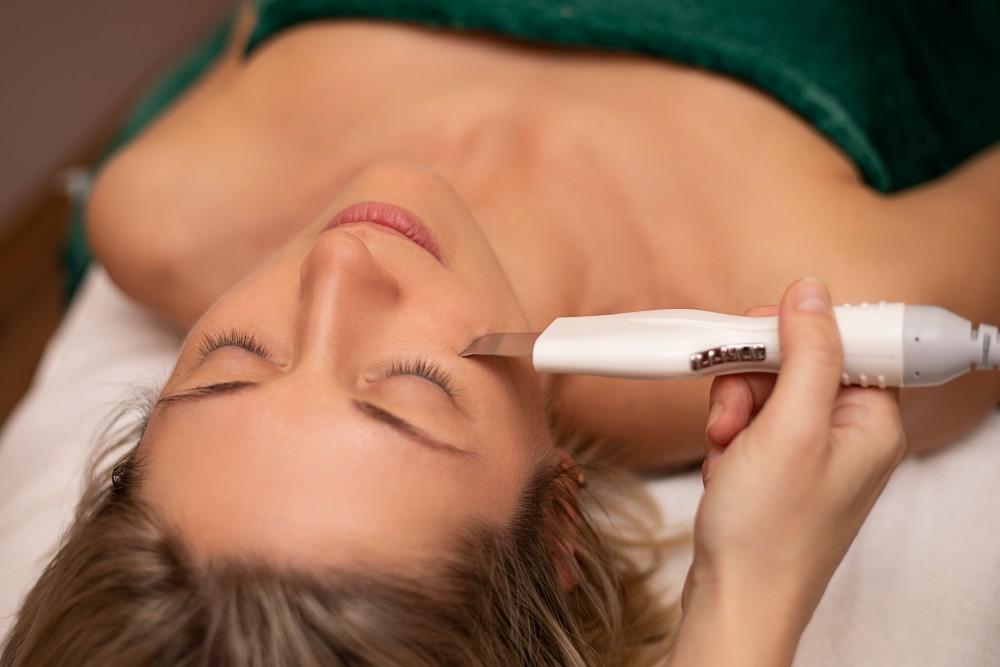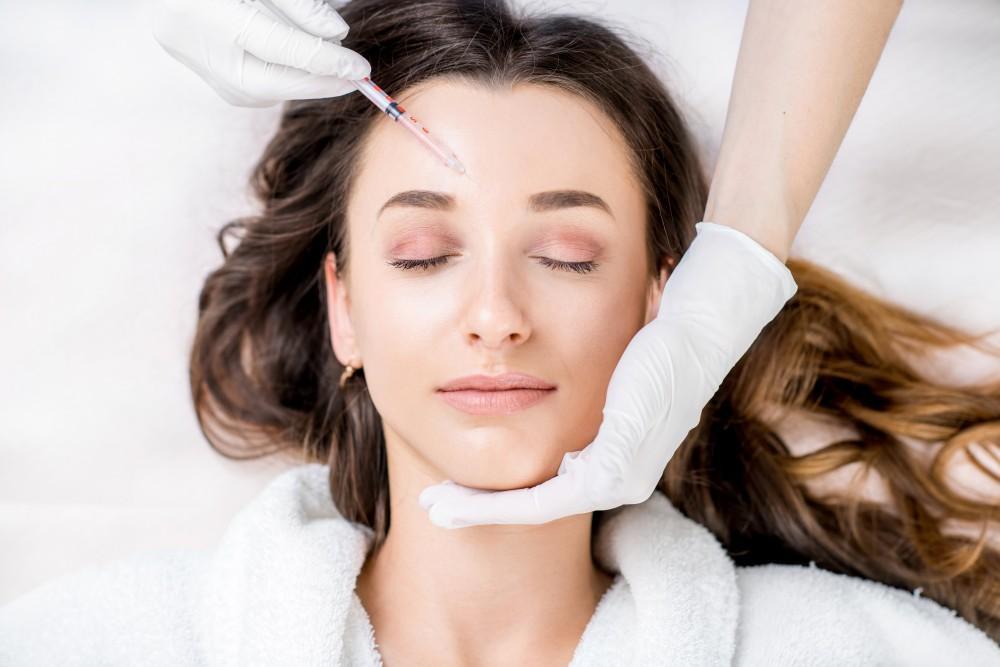
Photodynamic Therapy for Skin Cancer: What to Expect

Often when people think of treatment for cancer they imagine surgery, chemotherapy, and radiation. For some cases of skin cancer, however, there is another option: photodynamic therapy.
Dr. Carmelo Plateroti and our highly skilled staff at Plateroti Dermatology in Templeton, California, combine state-of-the-art care with an integrative approach that employs both Western and holistic practices for the best possible outcome. Whether you seek an aesthetic treatment or have a dermatological issue such as skin cancer, we can help.
Photodynamic therapy
Photodynamic therapy combines specialized medication with light to treat certain kinds of skin cancer and actinic keratoses (scaly, rough patches on the skin that develop into skin cancer in 5-10% of cases). This treatment is nonsurgical, safe, and effective.
How it works
The goal of photodynamic therapy is the destruction of cancerous and precancerous cells. This is accomplished in several steps.
After a thorough cleaning of the skin to remove oil and debris, a photosensitizer medication is applied to the affected area. Next this drug is given time to fully absorb into the skin.
After the absorption is complete, a specialized bright light with a wavelength determined by the condition being treated is shone on the affected area. Once the light activates the photosensitizer, the medication becomes toxic and works to destroy cancerous or pr-cancerous tissue in the targeted location.
In addition to eliminating skin cancer, the treatment encourages healing by stimulating the production of the proteins—collagen and elastin—each of which play important roles in keeping the skin soft, smooth, and healthy.
Benefits
There are a number of advantages to treating skin cancer and pre-cancer with photodynamic therapy. Unlike surgery, which is invasive and can cause pain, this treatment is nonsurgical and non-abrasive. which results in a greater level of comfort. It can also typically be performed as an outpatient procedure. The therapy is usually pretty fast, and recovery doesn't involve a lot of downtime. Most people can return to their daily activities right after.
Photodynamic therapy has also been proven effective at clearing skin cancer and actinic keratoses as well as some other dermatological conditions. The area necessitating treatment can be precisely targeted for best results while minimizing any effect on the surrounding skin. It can also be repeated multiple times in the same location until the issue is resolved.
Finally, photodynamic therapy typically results in little or no scarring after healing is complete, and there are no long-term side effects.
Whether you've been diagnosed with skin cancer or have an unusual mole or patch of skin that looks suspicious, click our request appointment button today, or call us at 805-434-2526 to get a proper diagnosis and determine if photodynamic therapy or another kind of treatment is right for you.
You Might Also Enjoy...


Hasta La Vista, Double Chin! I'm Getting Kybella
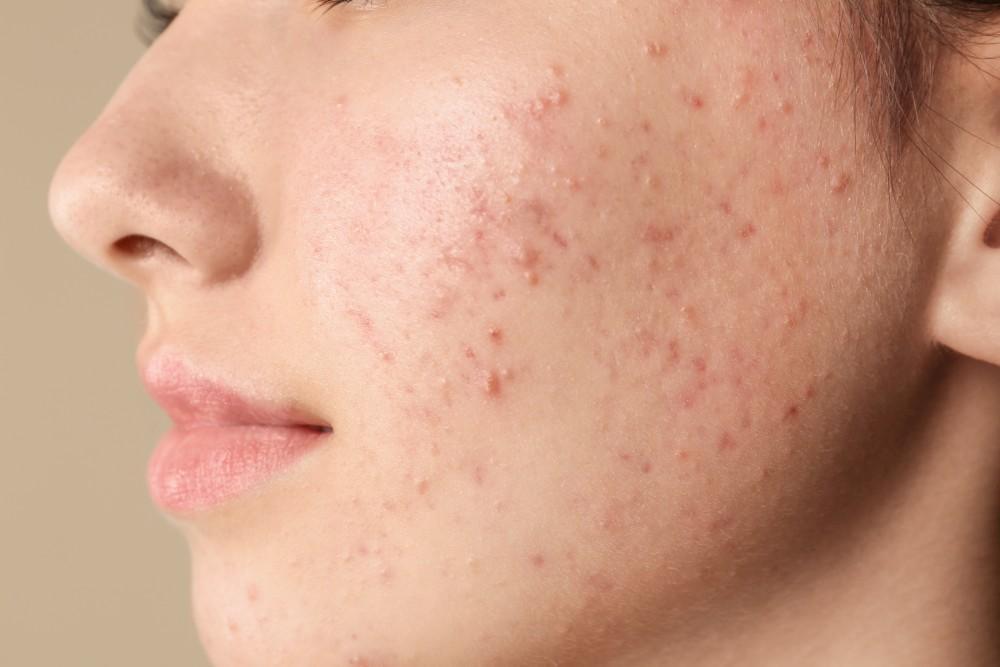
Photodynamic Therapy (PDT): Your Speedy Solution to Adult Acne
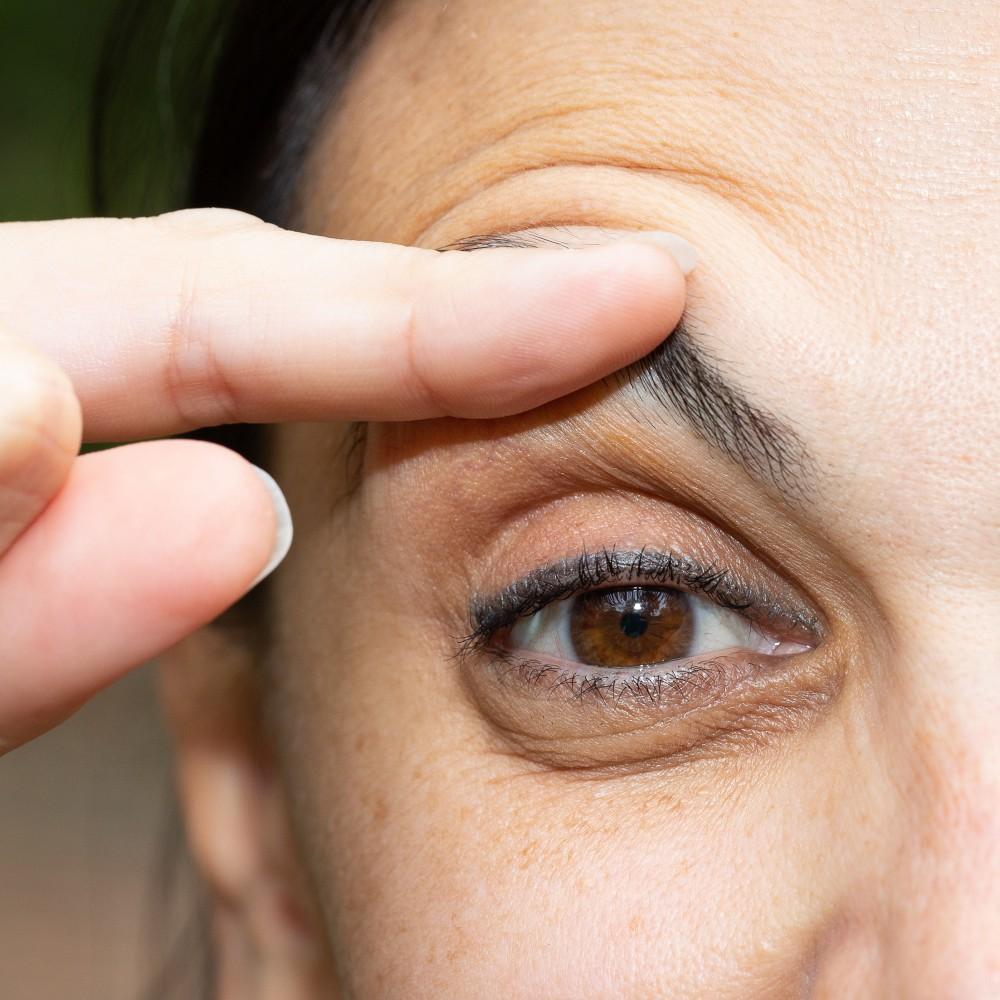
Surgery Isn't the Only Solution for Saggy Eyelids. Try Upneeq® for a Noninvasive Lift
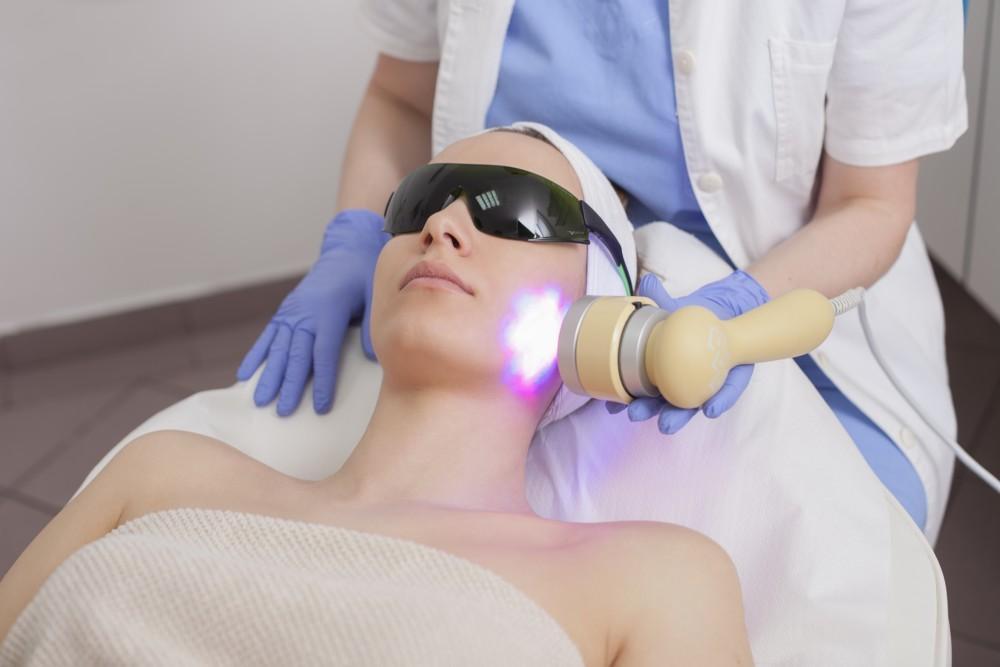
Pre-and Post-IPL Procedure Guidelines to Get the Most from Your Treatment
